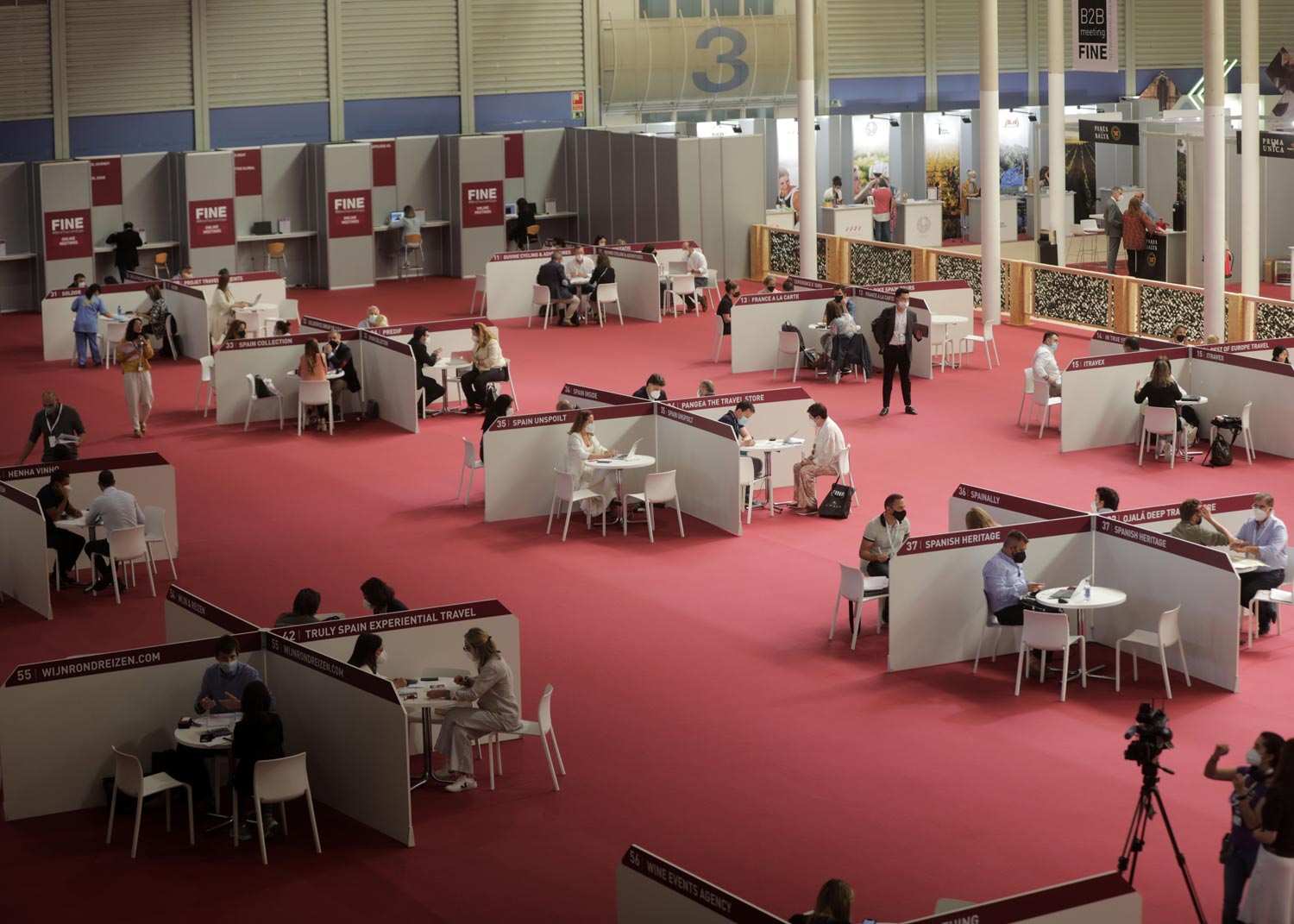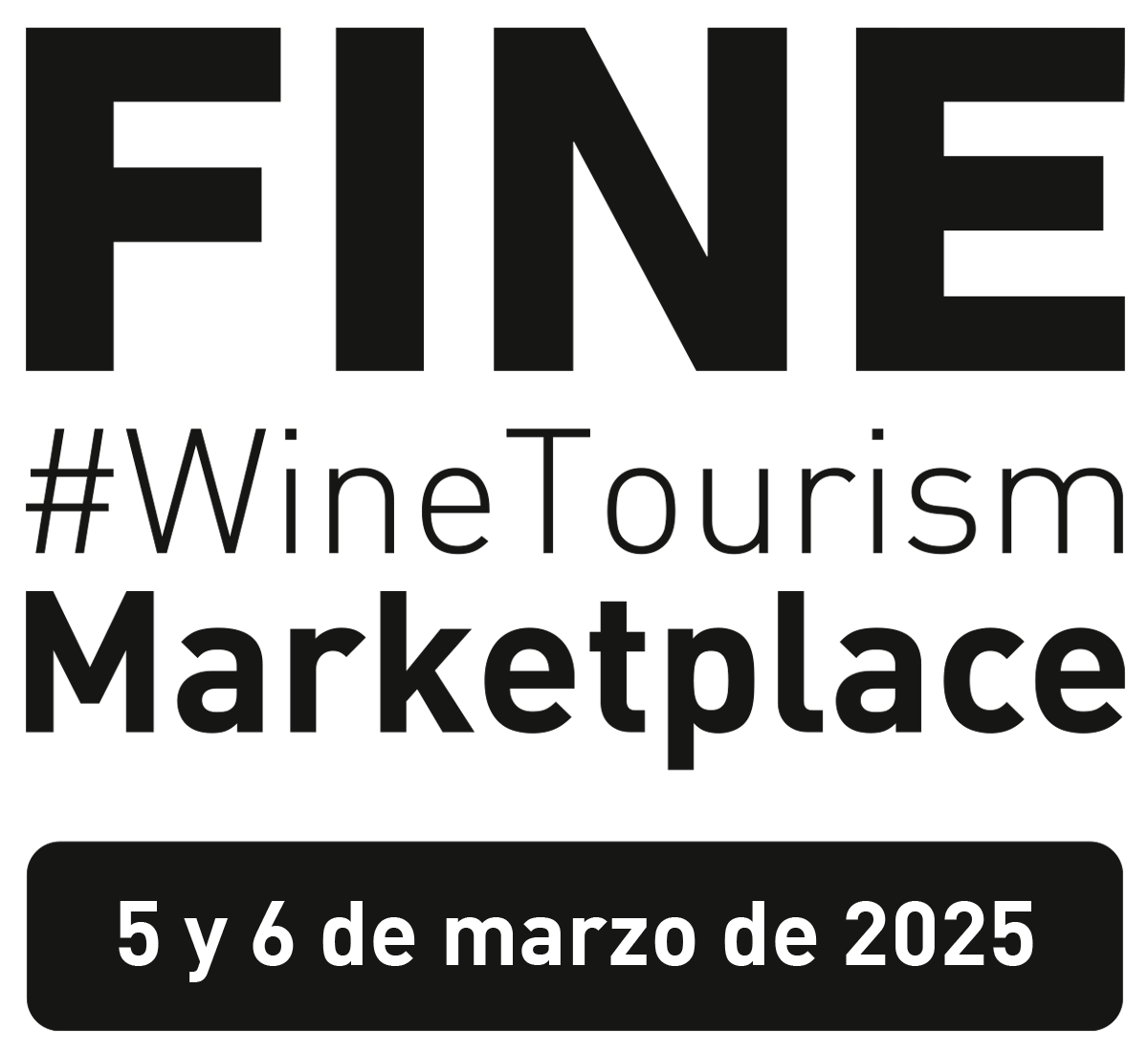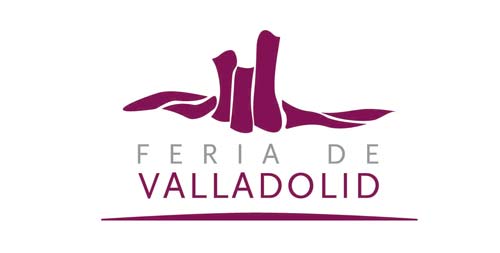In its third edition, FINE takes on the challenge of expanding its international participation

FINE, the International Wine Tourism Fair, held a special edition on 9 and 10 June, marking the start of the new season after the pandemic, characterised by an increase in exhibitors and a work agenda of more than 2,000 scheduled meetings between the hundred or so participating wineries, hotels and regions and the buyers from 16 countries. This represents a 42 per cent increase compared to the first edition of the event.
All the buyers highlight the good business prospects generated at FINE, the first face-to-face meeting after the pandemic, emphasising that the new contacts discovered will turn into experiences for their customers: ‘FINE is a unique opportunity for professionals to find out what’s new’, they said.
‘The challenge for the third edition is to increase the presence of leading wine tourism countries like France and Italy, because a more diverse supply is essential to attract specialised international buyers, which would consolidate FINE as a business platform for wineries and regions’, explained Alberto Alonso, the director of Feria de Valladolid.
Meanwhile, the experts who participated in the FINE technical conferences agreed that wine tourism will grow exponentially over the next five years, due largely to the quality of the supply. They also pointed out that the pandemic and the impossibility of long journeys ‘put the spotlight on the interior of the country; the local supply and wineries and wine tourism experiences are increasingly in demand’.
In view of these growth prospects, they encouraged wineries and regions to ‘join this line of business and ensure that the Iberian Peninsula as a whole is positioned as the top wine tourism destination in Europe’.
The importance of understanding consumers’ behaviour and opinions were recurring ideas in the presentations of different speakers, who talked about the tools used for this purpose as well as the interests that drive the different age groups, from ‘millennials’ to ‘boomers’ and generations X and Z.
Experiment, develop new ideas and be bold was the advice shared by Eduardo Gonzáles, co-founder and creative director of Sublimotion Ibiza, who also encouraged collaboration between all the agents in the wine tourism sector, ‘because travellers are looking for complete experiences’.
The conference began with a speech by Juan Luis Nicolau, professor of Marketing at Virginia Tech University, who spoke of ‘the need for wineries to know what their customers expect when they visit them and to direct their proposals to the right customer. When launching wine tourism activities, you have to know what type of consumer you’re targeting. Now there are tools that can be used to determine the best decision for each winery’.
Then, the CEO of Enolytics and the president of Viniportugal, Cathy Huyghe and Frederico Falcao, discussed issues such as the challenge of identifying customers’ demographic profile and which solutions to use for promotion.
‘There is more data than ever, and it’s accessible and analysable. The key words are aggregate and analyse’, said Huyghe, who pointed out that Italy and France are the countries that are best applying this model, which is not currently the case in Spain and Portugal.
‘Big data can make wine tourism personal and intimate. Either we go digital, or customers will abandon us. You don’t have to reach everyone, just the right people’, she said.
Falcao, for his part, mentioned that wine tourism is experiencing a phase of significant growth in Portugal, where an increasing number of wineries are embarking on development projects and it is necessary to work on international promotion, as has been done with the marketing of wine.
Along the same lines, Blanca Pérez-Sauquillo, Turespaña’s deputy director general for International Marketing, indicated that ‘there are many wine tourism studies underway that analyse travellers’ motivations for choosing wine tourism over other options. The one being conducted by Turespaña addresses aspects such as analysing social media to learn about consumers’ behaviour and opinions’.
Brigitte Bloch, vice-president of the High Council of Wine Tourism of Atout France, explained that in France, ‘wine tourism has already reached millennials, a group that is not interested in the winemaking process or in visiting a building. Their understanding of wine tourism is enjoying a good wine surrounded by beautiful scenery’.
Roberta Garibaldi, president of the Italian Association of Gastronomy Tourism, provided data from Italy on the motivations for weekend trips, and food and wine are the source of 71 per cent, 12 per cent more than two years ago.
The president of the Wine and Brandy Route of Jerez, César Saldaña, emphasised the importance of ‘making wine tourism resources marketable’: ‘we must take advantage of them and transform them so we can sell them’, he said, citing several examples, such as festivals and sporting events.
In addition, the specific experiences developed by the wineries Pago de Carraovejas, Familia Fernández Rivera and Raventós Codorníu, particularly at their Artesa winery in the Napa Valley, were detailed during the conference.

